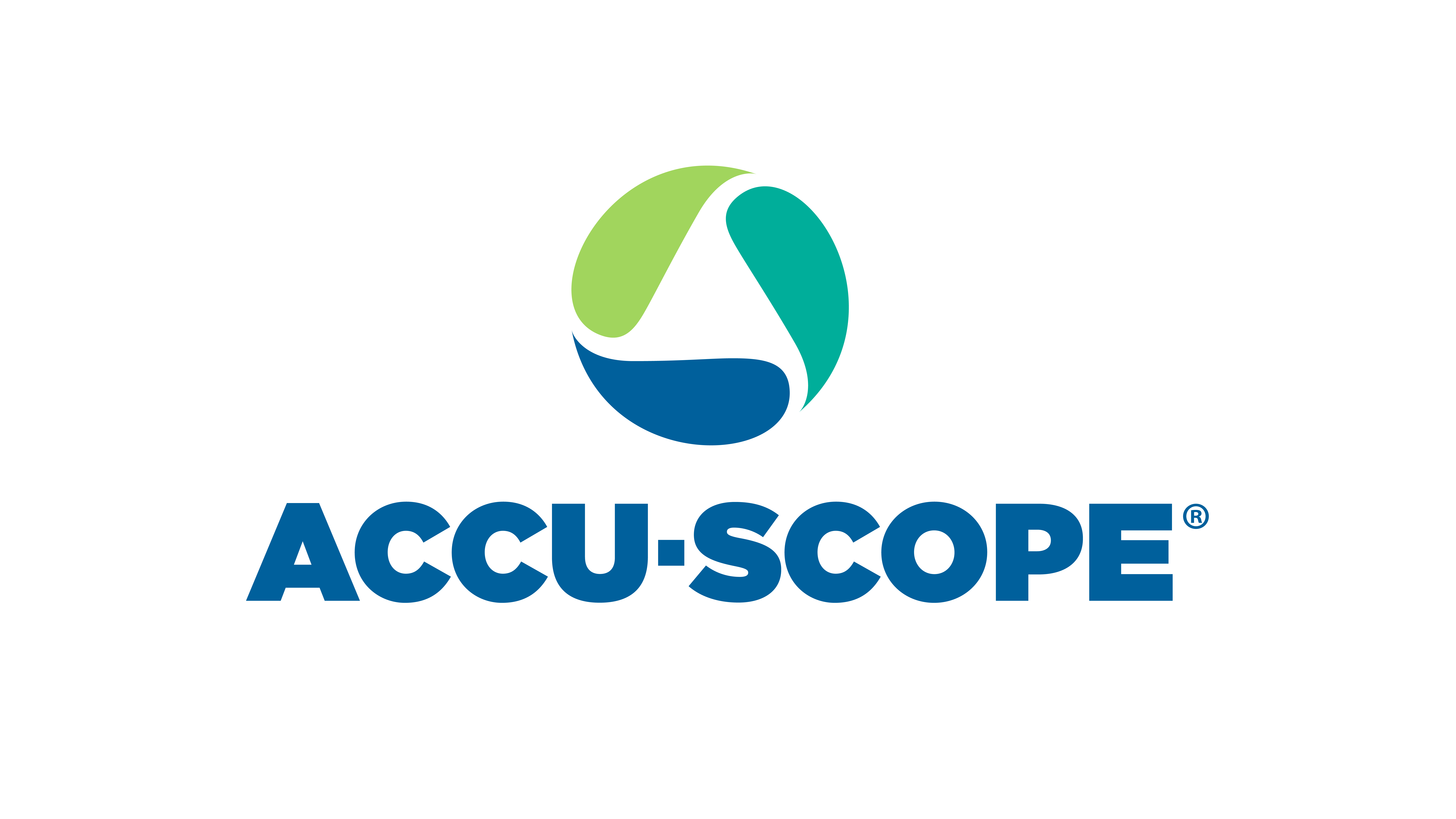Evolution of Digital Pathology With A Brief Look Back – Where Are We Today?
At the 2007 CAP Futurescape meeting in Rosemont, Illinois Bruce Friedman suggested I start a blog on digital pathology and emerging technologies. Bruce had been blogging for some time (and still does!) at Lab Soft News. The conference itself was designed to have a weekend program on what was coming in pathology and laboratory medicine. That summer I registered a URL, signed up for a Typepad account (now WordPress) and started blogging. Nearly 9 years and 3,000 posts later we are still here.
Bruce made it clear to me early on the content had to be timely, relevant and informative to attract and retain interested readers and spur discussions with like-minded individuals. Furthermore, I wanted the site to be educational and forward thinking. What would this space look like in 5 years or 10 years? What would be brought to market and how would pathology adopt this technology? What would be the business cases and how would this impact the practice of pathology?
Go back 10 years and we needed to make sure we could reliably and reproducibly scan slides. This was still a challenge and there were a few small fish in a small pond of manufacturers to choose from. Later many other larger fish joined the small but growing pond as larger companies saw the value proposition for digital pathology. A few acquisitions of the early whole slide scanner manufacturers and recognized brands in healthcare and life sciences jumping in the pond has resulted in high-throughput scanners that can reliably scan slides creating high-resolution images for clinical use.
The problem/opportunity was related to hardware. Over time, once we could acquire hundreds of images a day on a routine basis, the problem/opportunity became software and storage. Increasingly, more software-only companies began to address this issue.
Many years ago a few insightful individuals recognized that digital pathology would create a “big data” problem/opportunity. They also foresaw that this would also create an opportunity for pathologists. As the stewards of the slides, images and metadata, pathologists have the ability to marry cell morphology with molecular data, which offers huge opportunities for data mining and outcomes analysis.
Companies such as Inspirata and EMC2 announced last Fall a recognition of these combined technologies – software and storage for “anatomical pathology image storage, intelligence-driven data retrieval and data security.” These processes will require real-time image retrieval of petabytes of data.
So, after nearly two decades of whole slide scanning technologies and dedicated software platforms to manage those images, the migration from hardware needs to hardware/software needs and the recognition of the significant role of storage and data retrieval, we will undoubtedly see additional partnerships between cloud storage vendors and solution providers in the digital pathology space who recognize the need to leverage shared expertise and provide shared collaborative image, data and “clinical–omics” data.
Looking at the bigger picture with federal initiatives for improved data collaboration for cancer research and breaking down data siloes in the war on cancer with the Moonshot program, this places pathology and digital pathology in the center of the discussion and makes these strategies and partnerships very relevant for our cancer patients.
Check out Inspirata and EMC2 next month in Seattle at USCAP at booth(s) 1102 and 430, respectively.




































